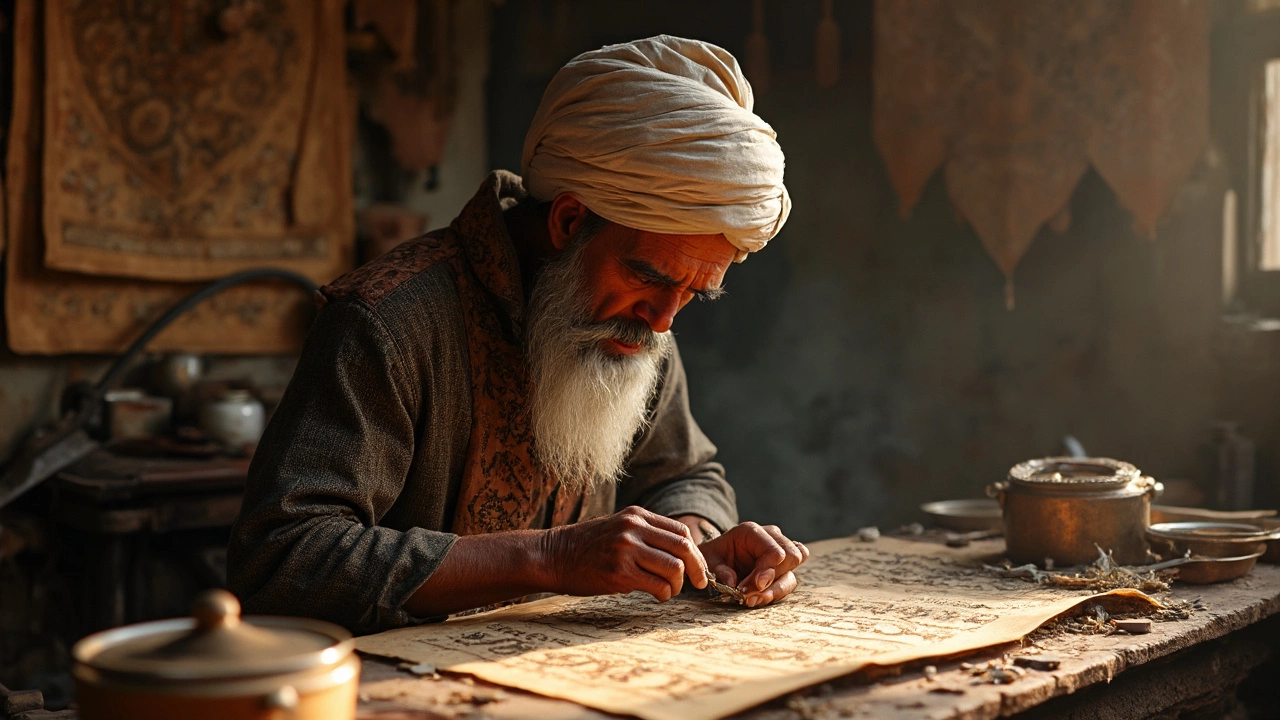Sword‑Making: A Simple Step‑by‑Step Guide
If you’ve ever imagined holding a hand‑forged sword, the process isn’t as mysterious as it sounds. With a few basic tools, the right steel, and patience, you can shape a functional blade in your garage or workshop. This guide walks you through every stage, so you know exactly what to do and why each step matters.
Gathering Materials and Tools
The first move is picking the steel. High‑carbon steel like 1084 or 5160 works well because it hardens easily and holds an edge. You’ll also need a grinder or belt sander, a forge or a sturdy heat source, anvil or a solid metal block, tongs, a hammer, and a vise. Safety gear—gloves, goggles, and a respirator—is a must; you’ll be dealing with sparks and hot metal.
Shaping the Blade
Start by cutting a rough outline from a steel bar using a angle grinder. Keep the profile simple: a straight spine, a tapered edge, and a basic tang for the handle. Clamp the piece in a vise and begin hammering on the anvil. The goal is to thin the spine gradually while maintaining a consistent width. Check your progress often with a ruler; most swords stay around 1.5 mm thick at the edge and 3–4 mm at the spine.
Once the shape is set, move to the heat‑treating stage. Heat the blade evenly until it glows bright orange—around 800 °C for high‑carbon steel. Quench it in oil to lock in hardness. After quenching, temper the blade by reheating to about 200 °C and holding for an hour; this reduces brittleness while keeping the edge sharp.
Polishing and sharpening bring the blade to life. Begin with a coarse belt to remove scale, then move to finer grits, ending with a 1200‑grit belt for a smooth surface. Finish with a stone or a whetstone to hone the edge. Test the sharpness by slicing paper; a clean cut means you’re ready.
Finally, assemble the handle. Drill a hole in the tang that matches the length of your chosen grip material—wood, leather, or micarta. Secure it with epoxy and pins, then shape the grip to fit comfortably. Add a pommel if you like a balanced feel.
Maintain your sword by cleaning off rust after each use, oiling the blade, and re‑sharpening when needed. Regular checks for cracks keep the blade safe for years. With these steps, you can move from a raw piece of steel to a usable sword you’re proud of.
Crafting Kirpans: Exploring Materials and Techniques
Kirpans, an integral part of Sikh faith, are meticulously crafted using age-old techniques and diverse materials. This article delves into the process of making a Kirpan, highlighting the artisanship and materials involved. Discover the craftsmanship that goes into these ceremonial blades and learn about the cultural significance behind them. Get a glimpse into the skills and dedication required to forge these symbolic swords.





